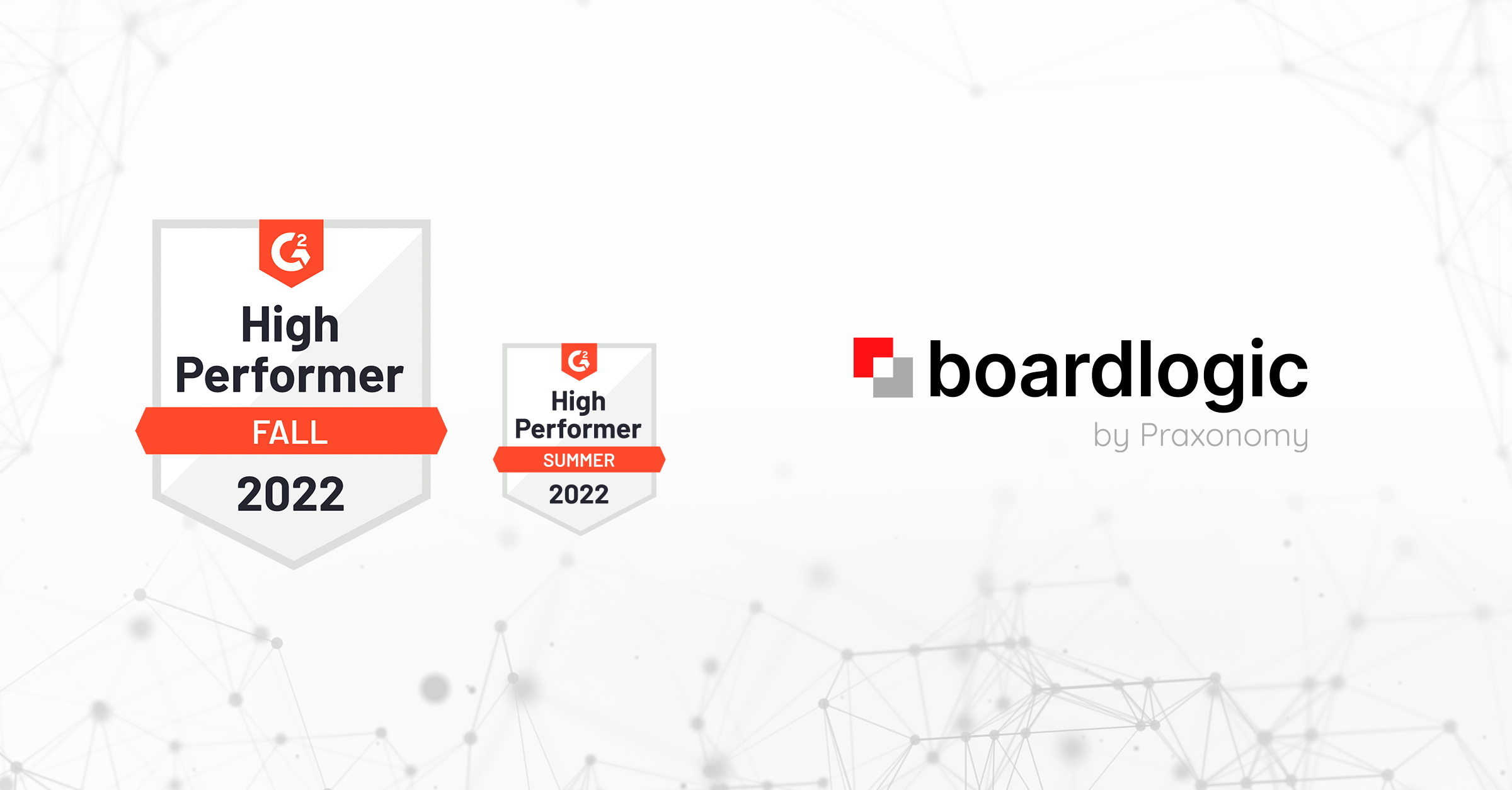Board governance continues to be scrutinised in today’s business environment. Boards have had to learn, engineer, and adopt governance best practices to optimise the way they lead their organisations. Many governance tools and processes have become indispensable in that effort. In this post, we identify 5 critical tools to help boards achieve their good governance goals.
1. Governance Calendar
A governance calendar is a document that lists all the key dates and deadlines related to board governance activities. This might include things like board meetings, shareholder meetings, and deadlines for filing reports with regulatory bodies.
A governance calendar helps ensure that boards are always aware of upcoming deadlines and board members can plan their work, identify issues, and act upon them accordingly.
2. Code of Conduct
A Code of Conduct is a set of rules that board members are expected to adhere to. The Code of Conduct should be drafted by the board itself and be signed by board members to indicate agreement and ownership.
A Code of Conduct helps maintain decorum for board leadership and promotes an environment of trust and collaboration amongst board members. The Code of Conduct should be reviewed and updated on a regular basis, as required.
3. Register of Interests
A register of interests is a record of the personal interests of each board member. These interests could encompass anything from shareholdings in the company to directorships in other businesses.
The purpose of this tool is to help boards avoid potential conflicts of interest as laid out in any related conflict of interest or Code of Conduct policy. It ensures transparency and prevents directors from making decisions only for personal gain. It helps protect organisations from liability and maintains shareholder trust.
This document should also be made available to all board members and be updated regularly.
4. Board Assessment or Board Evaluations
Board evaluations are (typically) annual reviews in which each board member is assessed on their performance over the past year. Board evaluations help identify any areas where improvement is needed and highlight successes. It also allows board members to reflect on their individual contributions to the board’s work.
Board evaluations are a key tool for board self-assessment and improvement. More frequent board evaluations are often recommended when boards are undergoing significant change (e.g. changes in composition, structure, roles and responsibilities, etc.).
To support board evaluations, role description documents can be written and established to gauge performance success. (It can also be beneficial to newly appointed board members so they understand what is expected of them.) Role description documents can be of value to committees as well. With such a document, mandates and areas of responsibilities can be spelled out to ensure they are not overlapping with senior executive duties and tasks.
5. Board Portals
A board portal is an online hub that provides board members with a highly-secure, centralised place to access all board-related documents and meeting information. Board portals can be used to store board current and past meeting materials, share documents between board members, and be utilised as a platform for communication outside of board meetings.
Board portals help establish seamless board meeting workflows from meeting scheduling to the tracking of board approvals and votes, e-signatures, and the use of digital board packs.
Board portals, such as Boardlogic, make it easier to meet board governance objectives: board activities are more transparent, reliable, auditable, and highly-secure. In today’s remote and/or hybrid work environment, board portals have become essential to getting board work done.
Bonus: Board Succession Plan
Every board should also have a board succession plan. A board succession plan can help prevent disruptions in board governance — such as a change in leadership either through resignation or retirement — and sets in place a process for identifying and developing board talent. This helps ensure boards have the right mix of skills and experience to effectively govern now and in the future.
A board succession plan also provides shareholders with a level of confidence as they’re assured of continuity in leadership should board composition change.
Conclusion
Board governance tools are instruments that allow boards to meet their governance goals. They instill trust and confidence in board leadership activities through efficient workflows and effective policies. These tools set the board up for success.
Interested in learning more about board portals? Speak with us today.


